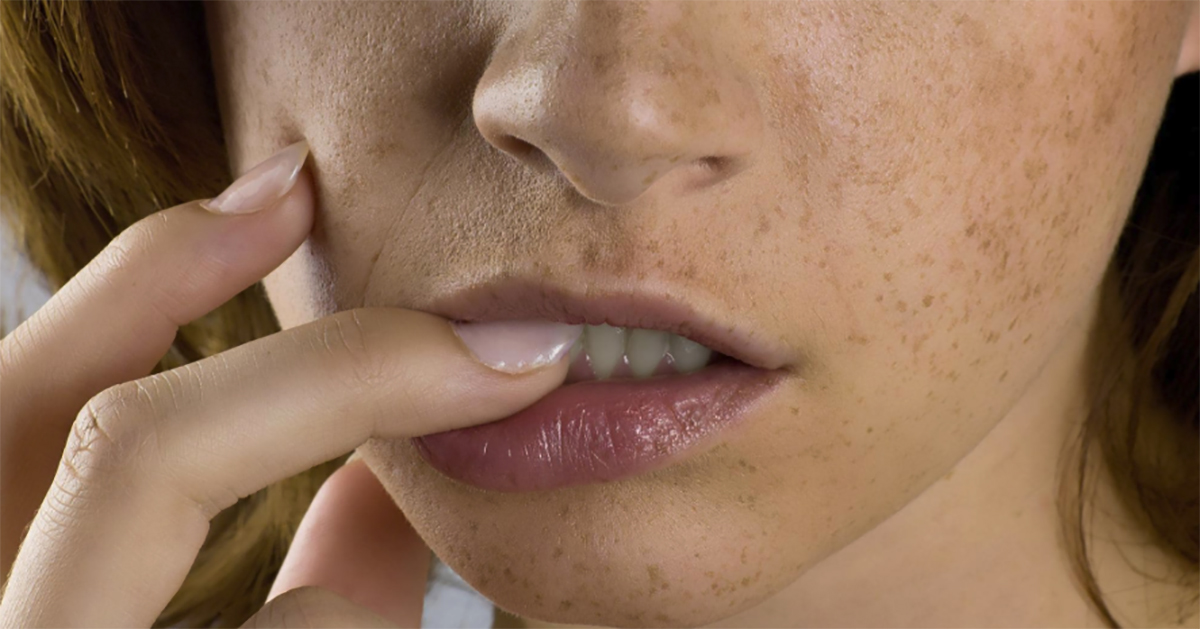Signs Of Parry-Romberg Syndrome
Parry-Romberg syndrome is an acquired, rare disorder that occurs when half of the face slowly atrophies and shrinks. There have been rare cases in which both facial sides have been affected. In some individuals, there's also atrophy in the limbs on the side of the body with the facial atrophy. The severity of symptoms varies widely from person to person. It's possible additional symptoms will occur, such as abnormalities in neurology, or abnormalities regarding the teeth or eyes. The syndrome most commonly occurs within the first decade or two of an individual's life, although it is possible for it to occur in adults as well. The disease's exact cause is currently unknown, and it appears to happen randomly for reasons not understood right now. Individuals will rarely have all associated symptoms, but will typically have at least some.
Alopecia
Alopecia areata is a name for an autoimmune disease that attacks the hair follicles. Autoimmune diseases occur when an individual's immune system mistakenly identifies the body as a threat and attacks it. When the hair follicles are attacked, the hair begins to fall out. Often, it comes out in clumps about the shape and size of a quarter. Different individuals lose different amounts of hair. Some lose a great deal of hair, while others only lose hair in a few places.
Alopecia doesn't have a cure, but there are treatments. It's possible that hair will grow back. A doctor might recommend medications to help suppress the immune system, which will prevent the same drastic hair loss. If you lose a lot of hair, topical immunotherapy might be recommended. Basically, doctors induce an allergic reaction with chemicals, which then triggers the hair to begin regrowing. Rogaine is another common treatment already marketed to help with pattern baldness.
Reveal more Parry-Romberg syndrome warning signs now.
Hyperpigmentation

Hyperpigmentation is a relatively common condition that can occur alongside Parry-Romberg syndrome. When the condition occurs, small patches of skin begin to be darker-colored than the surrounding skin. This condition occurs across all races and skin types. In many cases, the pigmentation happens as a result of sun damage. Melasma spots look similar in appearance to the solar-induced spots, but they typically occur due to changes in hormones. It's common for pregnancy to make the body overproduce melanin. When darkened skin patches are exposed to sunlight, they may become more pronounced or darker. This occurs when the melanin absorbs ultraviolet radiation to protect against burns and skin cancer. If you're trying to reduce overly pigmented skin, wear sunscreen at all times. Just one instance of overexposure to sunlight might undo your treatment.
Reveal more Parry-Romberg syndrome symptoms now.
